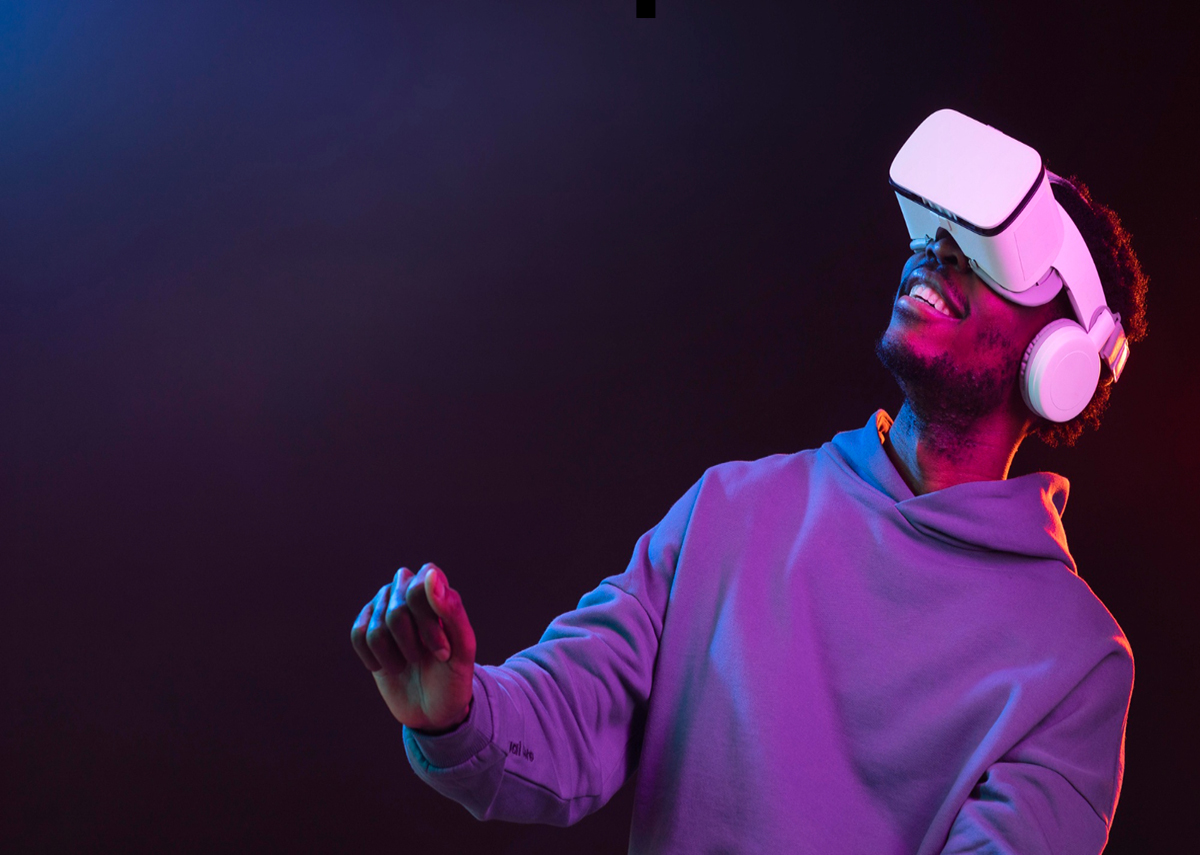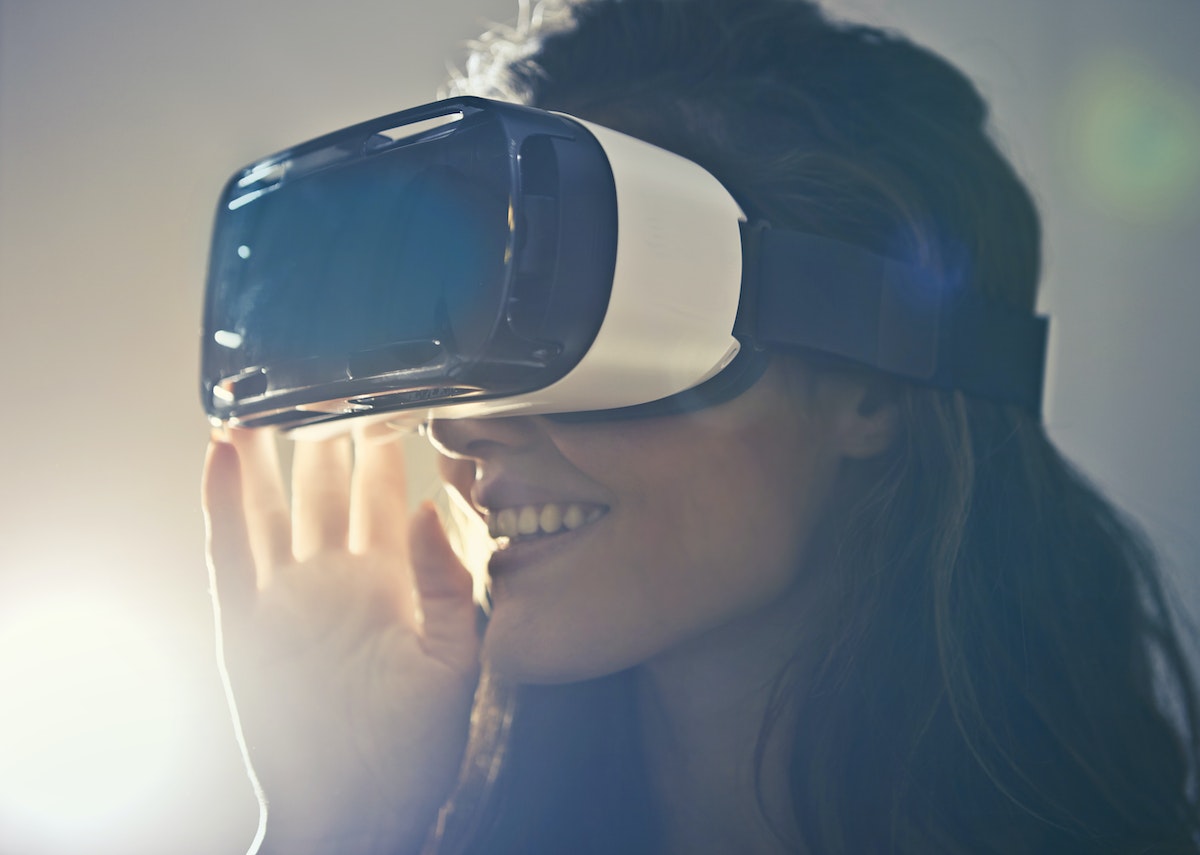What is Extended reality? Everything you need to know.
Share

What is extended reality?
Extended reality (XR) is a term used to describe a range of emerging technologies that provide a more immersive experience than what is possible with traditional computer-generated graphics.
These technologies include virtual reality (VR), augmented reality (AR), mixed reality (MR), and extended reality simulations (ERS). VR provides a completely immersive experience where users can interact with computer-generated environments in real time. AR overlays digital information on the real world, allowing users to see both at the same time. MR combines elements of both VR and AR to create an even more immersive experience. ERS takes things one step further by creating realistic simulations of real-world environments.
Benefits of extended reality
There are many potential benefits of extended reality technologies. For businesses, XR can be used to create more immersive and realistic customer experiences. It can also be used for training and simulation purposes, allowing employees to gain hands-on experience in a safe and controlled environment.
For consumers, XR can provide an immersive way to explore different environments or take part in experiences that would otherwise be impossible. For example, VR can be used to take a virtual tour of a historical site or go on a safari without leaving your living room.
XR is also being used in healthcare to provide patients with new ways to cope with pain, anxiety, and stress. In some cases, it is even being used to help people with PTSD relive and process their trauma in a safe and controlled environment.
In Conclusion
The possibilities for XR are endless, and it is likely that we will see even more applications for this technology in the years to come.




